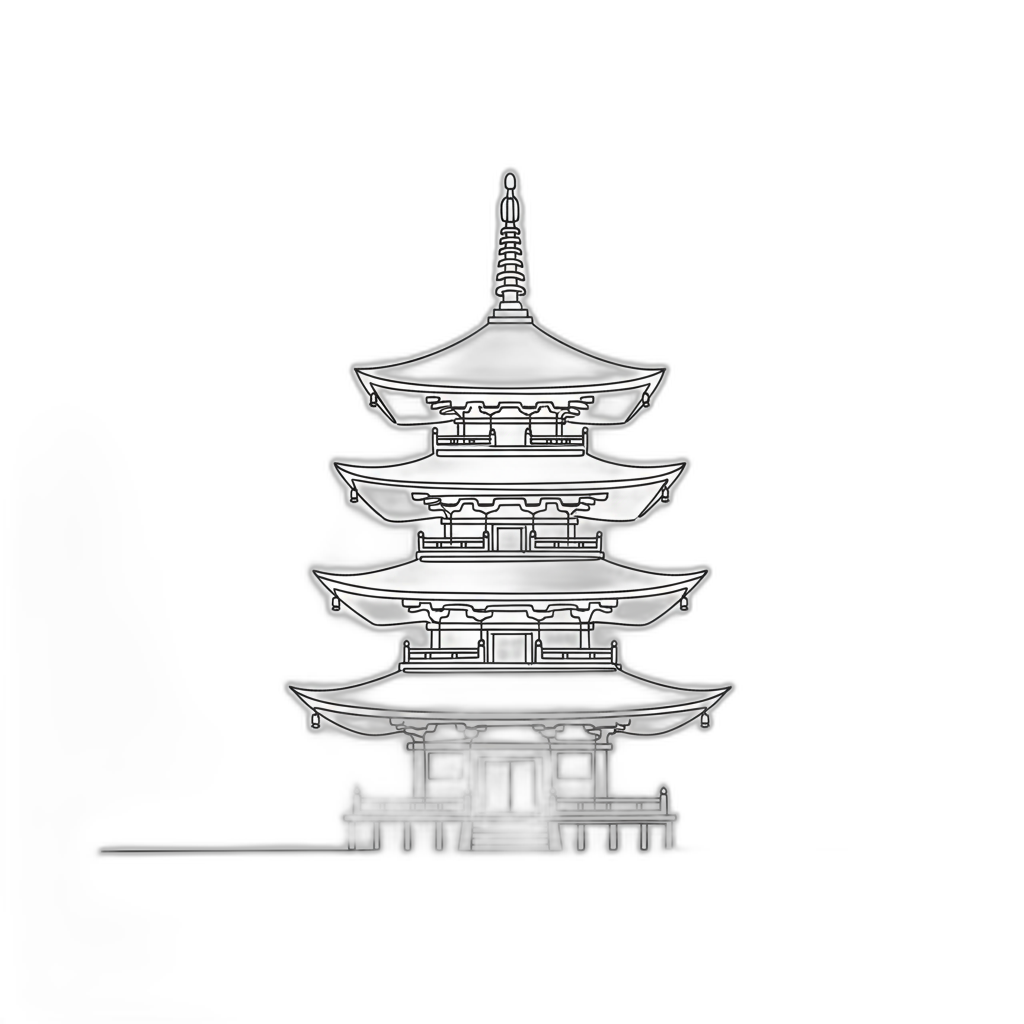Thank you! Your submission has been received!
Oops! Something went wrong while submitting the form.

Nationwide Service
Onsite or Online
USPAP-Compliant
IRS Qualified
DEFENSIBLE, USPAP-COMPLIANT APPRAISAL REPORTS — ACCEPTED BY 10,000+ ORGANIZATIONS






5-Star Service, Trusted & Loved by Hundreds
{{sectionName}}

This is some text inside of a div block.
This is some text inside of a div block.
Starts at
This is some text inside of a div block.
This is some text inside of a div block.
This is some text inside of a div block.
Starts at
This is some text inside of a div block.
{{feeRangeHeader}}
This is some text inside of a div block.
Most Household Goods engagements fall within this range. Larger or unusually complex collections may require a custom quote.
{{pricingByHeader}}
{{pricingBySubheader}}
This is some text inside of a div block.
This is some text inside of a div block.
This is some text inside of a div block.
What Drives Cost?
Number of items to be appraised
Number of items to be appraised
Number of items to be appraised
{{sectionName}}

This is some text inside of a div block.
This is some text inside of a div block.
Starts at
This is some text inside of a div block.
This is some text inside of a div block.
This is some text inside of a div block.
Starts at
This is some text inside of a div block.
{{feeRangeHeader}}
This is some text inside of a div block.
Most Household Goods engagements fall within this range. Larger or unusually complex collections may require a custom quote.
{{pricingByHeader}}
{{pricingBySubheader}}
This is some text inside of a div block.
This is some text inside of a div block.
This is some text inside of a div block.
What Drives Cost?
Number of items to be appraised
Number of items to be appraised
Number of items to be appraised
{{sectionName}}

This is some text inside of a div block.
This is some text inside of a div block.
Starts at
This is some text inside of a div block.
This is some text inside of a div block.
This is some text inside of a div block.
Starts at
This is some text inside of a div block.
{{feeRangeHeader}}
This is some text inside of a div block.
Most Household Goods engagements fall within this range. Larger or unusually complex collections may require a custom quote.
{{pricingByHeader}}
{{pricingBySubheader}}
This is some text inside of a div block.
This is some text inside of a div block.
This is some text inside of a div block.
What Drives Cost?
Number of items to be appraised
Number of items to be appraised
Number of items to be appraised
{{sectionName}}

This is some text inside of a div block.
This is some text inside of a div block.
Starts at
This is some text inside of a div block.
This is some text inside of a div block.
This is some text inside of a div block.
Starts at
This is some text inside of a div block.
{{feeRangeHeader}}
This is some text inside of a div block.
Most Household Goods engagements fall within this range. Larger or unusually complex collections may require a custom quote.
{{pricingByHeader}}
{{pricingBySubheader}}
This is some text inside of a div block.
This is some text inside of a div block.
This is some text inside of a div block.
What Drives Cost?
Number of items to be appraised
Number of items to be appraised
Number of items to be appraised
{{pricingSubheader}}
This is some text inside of a div block.
This is some text inside of a div block.
Starts at
This is some text inside of a div block.
This is some text inside of a div block.
This is some text inside of a div block.
Starts at
This is some text inside of a div block.
{{feeRangeHeader}}
This is some text inside of a div block.
Most Household Goods engagements fall within this range. Larger or unusually complex collections may require a custom quote.
{{pricingByHeader}}
{{pricingBySubheader}}
This is some text inside of a div block.
This is some text inside of a div block.
This is some text inside of a div block.
What Drives Cost?
Number of items to be appraised
Number of items to be appraised
Number of items to be appraised
How the Process Works
1
Appraisal Request
Submit estimate or list of items for our review
2
Quote Issued
We'll share a flat fee quote for your approval
3
Kickoff & Intake
Submit details on all of your items for our review
4
Research & Analysis
We'll conduct detailed research and prepare a written USPAP-compliant report
5
Report Delivery
Delivery of your report and supporting documents (e.g., signed IRS Form 8283) by email
Your Appraiser Search Ends Here
Your Appraiser Search Ends Here
.avif)

Nationwide Coverage – Appraisals Anywhere in the US
Our extensive network of professional appraisers ensures you receive accurate, trusted valuations wherever you are.

Get it done Onsite or Online
Choose between a seamless online process—preferred by most clients—or in-person service for complex assignments.

Any Asset, Covered
Nationwide appraisers for every asset— from buildings & businesses to vehicles & valuables.

Defensible for Any Purpose
For donations, estates, insurance, and more—our USPAP-compliant reports are built to meet the highest standards.
No items found.
A Japanese art appraisal represents a sophisticated professional assessment that delves into the intricate world of Japanese artistic heritage. This meticulous process involves a comprehensive evaluation of artworks, encompassing paintings, prints, ceramics, textiles, and sculptures created in Japan. The appraisal goes far beyond a simple monetary valuation, serving as a critical examination that uncovers the deeper cultural and historical significance of each piece.
Expert appraisers employ a multi-faceted approach to understanding an artwork's true value. They carefully analyze the piece's authenticity through detailed examination of signatures, seals, artistic techniques, and material composition. Historical context plays a crucial role, with specialists investigating the artwork's origin, the artist's background, and its place within broader Japanese cultural narratives.
The condition of the artwork receives intense scrutiny, with appraisers conducting a precise assessment of physical integrity. Every nuance matters – from subtle signs of aging to potential restoration work – each element providing critical insights into the piece's overall value and historical significance.
Contemporary market dynamics also inform the appraisal process. Experts consider recent auction results, current collector interests, and broader market trends to provide a comprehensive and current valuation. This approach ensures that the artwork's worth is understood within its full contextual framework.
The final appraisal emerges as a comprehensive document that serves multiple purposes. It becomes a critical resource for collectors, museums, and individuals, offering detailed insights into the artwork's provenance, condition, and market value. Whether for insurance purposes, potential sales, or personal documentation, the appraisal provides an authoritative record of the artwork's significance.
This intricate process ultimately preserves and celebrates the rich artistic legacy of Japanese creative expression, bridging historical craftsmanship with contemporary understanding and appreciation.
Expert appraisers employ a multi-faceted approach to understanding an artwork's true value. They carefully analyze the piece's authenticity through detailed examination of signatures, seals, artistic techniques, and material composition. Historical context plays a crucial role, with specialists investigating the artwork's origin, the artist's background, and its place within broader Japanese cultural narratives.
The condition of the artwork receives intense scrutiny, with appraisers conducting a precise assessment of physical integrity. Every nuance matters – from subtle signs of aging to potential restoration work – each element providing critical insights into the piece's overall value and historical significance.
Contemporary market dynamics also inform the appraisal process. Experts consider recent auction results, current collector interests, and broader market trends to provide a comprehensive and current valuation. This approach ensures that the artwork's worth is understood within its full contextual framework.
The final appraisal emerges as a comprehensive document that serves multiple purposes. It becomes a critical resource for collectors, museums, and individuals, offering detailed insights into the artwork's provenance, condition, and market value. Whether for insurance purposes, potential sales, or personal documentation, the appraisal provides an authoritative record of the artwork's significance.
This intricate process ultimately preserves and celebrates the rich artistic legacy of Japanese creative expression, bridging historical craftsmanship with contemporary understanding and appreciation.
Japanese art encompasses a diverse and intricate landscape of artistic expression, requiring specialized expertise for accurate valuation. The field of Japanese art appraisal is marked by distinct professional specializations, each focusing on unique artistic domains and requiring deep cultural and technical understanding.
Traditional art appraisers represent the most classical segment, concentrating on historical art forms like ukiyo-e woodblock prints, ink paintings, and calligraphy. These experts possess profound knowledge of historical artistic styles and renowned artists, meticulously evaluating authenticity, provenance, and historical significance through comprehensive research and comparative analysis.
Contemporary art appraisers represent a dynamic sector, tracking the evolving modern Japanese art scene. Their expertise lies in understanding current artistic trends, market conditions, and emerging artist trajectories. They specialize in assessing installations, mixed media works, and contemporary photographic pieces, requiring a nuanced perspective on current artistic developments.
Ceramics and porcelain appraisers focus on Japan's rich pottery traditions, examining intricate details like glaze quality, form, craftsmanship, and historical context. Their specialized knowledge spans diverse pottery styles, including Raku and Imari, with a keen ability to trace artisan lineages and validate piece authenticity.
Textile and kimono appraisers delve into the complex world of traditional Japanese fabrics, evaluating garments based on weaving techniques, material quality, dyeing methods, and cultural significance. Their expertise extends beyond technical assessment, incorporating an understanding of the narrative and cultural importance woven into each textile piece.
Antique and decorative arts appraisers round out the specializations, focusing on furniture, lacquerware, and traditional artifacts. They meticulously analyze artistic techniques, material composition, maker's marks, and historical context to determine accurate valuations that reflect the item's cultural and artistic merit.
Each appraiser type represents a critical component in understanding and preserving the rich tapestry of Japanese artistic heritage, offering specialized insights that ensure comprehensive and accurate artwork assessment.
Traditional art appraisers represent the most classical segment, concentrating on historical art forms like ukiyo-e woodblock prints, ink paintings, and calligraphy. These experts possess profound knowledge of historical artistic styles and renowned artists, meticulously evaluating authenticity, provenance, and historical significance through comprehensive research and comparative analysis.
Contemporary art appraisers represent a dynamic sector, tracking the evolving modern Japanese art scene. Their expertise lies in understanding current artistic trends, market conditions, and emerging artist trajectories. They specialize in assessing installations, mixed media works, and contemporary photographic pieces, requiring a nuanced perspective on current artistic developments.
Ceramics and porcelain appraisers focus on Japan's rich pottery traditions, examining intricate details like glaze quality, form, craftsmanship, and historical context. Their specialized knowledge spans diverse pottery styles, including Raku and Imari, with a keen ability to trace artisan lineages and validate piece authenticity.
Textile and kimono appraisers delve into the complex world of traditional Japanese fabrics, evaluating garments based on weaving techniques, material quality, dyeing methods, and cultural significance. Their expertise extends beyond technical assessment, incorporating an understanding of the narrative and cultural importance woven into each textile piece.
Antique and decorative arts appraisers round out the specializations, focusing on furniture, lacquerware, and traditional artifacts. They meticulously analyze artistic techniques, material composition, maker's marks, and historical context to determine accurate valuations that reflect the item's cultural and artistic merit.
Each appraiser type represents a critical component in understanding and preserving the rich tapestry of Japanese artistic heritage, offering specialized insights that ensure comprehensive and accurate artwork assessment.
Japanese art represents a profound fusion of aesthetic excellence and cultural depth, making its accurate valuation both a financial and cultural imperative. Professional appraisals serve multiple critical purposes that extend far beyond simple monetary assessment.
Taxation demands precise documentation when transferring or donating artwork valued over specific thresholds. An official appraisal enables accurate reporting to tax authorities, ensuring legitimate deductions and compliance with federal guidelines. This becomes particularly crucial when art pieces represent significant financial assets.
Estate planning relies heavily on comprehensive and current valuations. Detailed appraisals provide clear insights into the total value of artistic collections, facilitating equitable distribution among heirs and addressing potential estate tax obligations. These assessments help families make informed decisions about generational wealth transfer and inheritance strategies.
Insurance protection necessitates precise market value documentation. A professional appraisal establishes a definitive baseline for replacement cost, enabling art owners to secure appropriate coverage. In instances of loss, damage, or theft, a comprehensive appraisal becomes the critical reference point for fair compensation.
For collectors considering sales or resale, an expert appraisal offers strategic advantages. Market values fluctuate based on collector trends, artistic reputation, and historical significance. A current, professionally rendered valuation provides transparency and credibility, helping sellers position their artwork competitively and attract serious buyers.
Beyond financial considerations, Japanese art appraisals capture intrinsic cultural narratives. They document provenance, historical context, and artistic lineage, transforming each piece from a mere object into a profound cultural artifact. This documentation preserves artistic heritage and contributes to broader scholarly understanding.
Ultimately, a comprehensive Japanese art appraisal represents an investment in knowledge, preservation, and cultural appreciation.
Taxation demands precise documentation when transferring or donating artwork valued over specific thresholds. An official appraisal enables accurate reporting to tax authorities, ensuring legitimate deductions and compliance with federal guidelines. This becomes particularly crucial when art pieces represent significant financial assets.
Estate planning relies heavily on comprehensive and current valuations. Detailed appraisals provide clear insights into the total value of artistic collections, facilitating equitable distribution among heirs and addressing potential estate tax obligations. These assessments help families make informed decisions about generational wealth transfer and inheritance strategies.
Insurance protection necessitates precise market value documentation. A professional appraisal establishes a definitive baseline for replacement cost, enabling art owners to secure appropriate coverage. In instances of loss, damage, or theft, a comprehensive appraisal becomes the critical reference point for fair compensation.
For collectors considering sales or resale, an expert appraisal offers strategic advantages. Market values fluctuate based on collector trends, artistic reputation, and historical significance. A current, professionally rendered valuation provides transparency and credibility, helping sellers position their artwork competitively and attract serious buyers.
Beyond financial considerations, Japanese art appraisals capture intrinsic cultural narratives. They document provenance, historical context, and artistic lineage, transforming each piece from a mere object into a profound cultural artifact. This documentation preserves artistic heritage and contributes to broader scholarly understanding.
Ultimately, a comprehensive Japanese art appraisal represents an investment in knowledge, preservation, and cultural appreciation.
Online Japanese art appraisals have become increasingly sophisticated, offering art collectors and enthusiasts a convenient and professional method of evaluating their pieces. Modern technology enables expert appraisers to conduct thorough assessments using multiple digital tools and techniques.
Specialized appraisers can effectively evaluate Japanese artworks through comprehensive digital submissions. High-resolution photographs, detailed measurements, condition reports, and historical documentation provide critical insights for accurate valuation. These digital submissions allow experts to examine intricate design elements, assess material quality, and trace potential provenance with remarkable precision.
Interactive digital platforms such as video conferencing tools have further enhanced the online appraisal experience. Real-time consultations enable appraisers to view artwork in its current environment, ask nuanced questions, and provide immediate professional insights. This approach bridges the traditional gap between physical and remote assessments, ensuring comprehensive evaluation.
Professionally conducted online appraisals adhere to strict industry standards, including USPAP compliance. This ensures that valuations meet rigorous criteria for accuracy and reliability, making them suitable for various purposes like insurance documentation, estate planning, or potential resale. Collectors can confidently obtain professional assessments without geographical limitations.
From delicate ukiyo-e prints to contemporary Japanese art pieces, online appraisals represent a modern, efficient approach to understanding artistic and monetary value. By leveraging digital technologies and expert knowledge, art owners can now access professional evaluations with unprecedented convenience and accuracy.
Specialized appraisers can effectively evaluate Japanese artworks through comprehensive digital submissions. High-resolution photographs, detailed measurements, condition reports, and historical documentation provide critical insights for accurate valuation. These digital submissions allow experts to examine intricate design elements, assess material quality, and trace potential provenance with remarkable precision.
Interactive digital platforms such as video conferencing tools have further enhanced the online appraisal experience. Real-time consultations enable appraisers to view artwork in its current environment, ask nuanced questions, and provide immediate professional insights. This approach bridges the traditional gap between physical and remote assessments, ensuring comprehensive evaluation.
Professionally conducted online appraisals adhere to strict industry standards, including USPAP compliance. This ensures that valuations meet rigorous criteria for accuracy and reliability, making them suitable for various purposes like insurance documentation, estate planning, or potential resale. Collectors can confidently obtain professional assessments without geographical limitations.
From delicate ukiyo-e prints to contemporary Japanese art pieces, online appraisals represent a modern, efficient approach to understanding artistic and monetary value. By leveraging digital technologies and expert knowledge, art owners can now access professional evaluations with unprecedented convenience and accuracy.
BEST-IN-CLASS APPRAISERS, CREDENTIALED BY:





